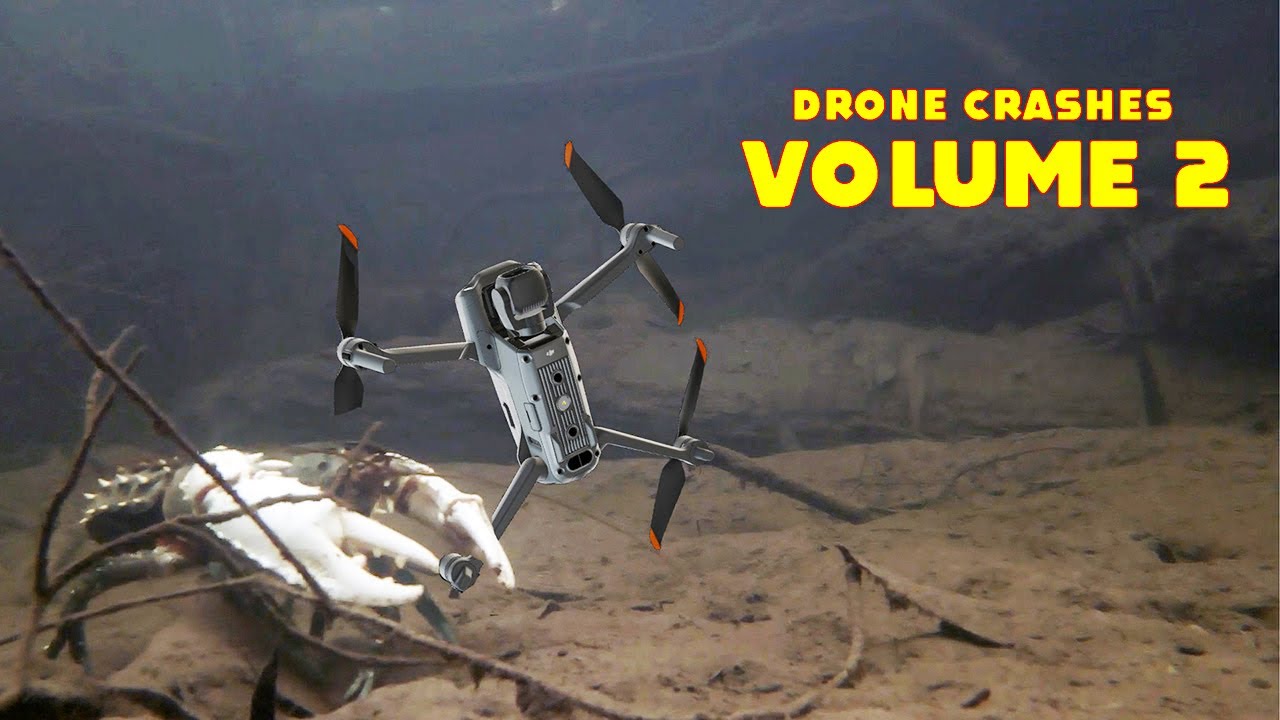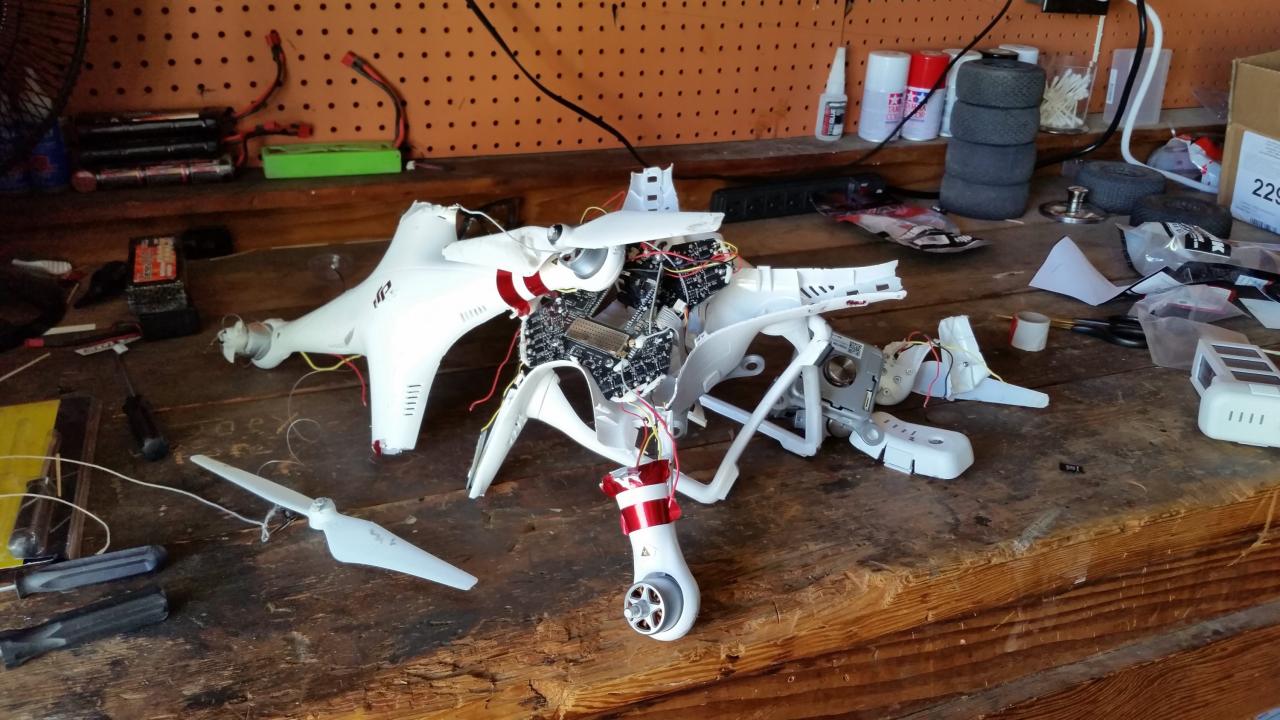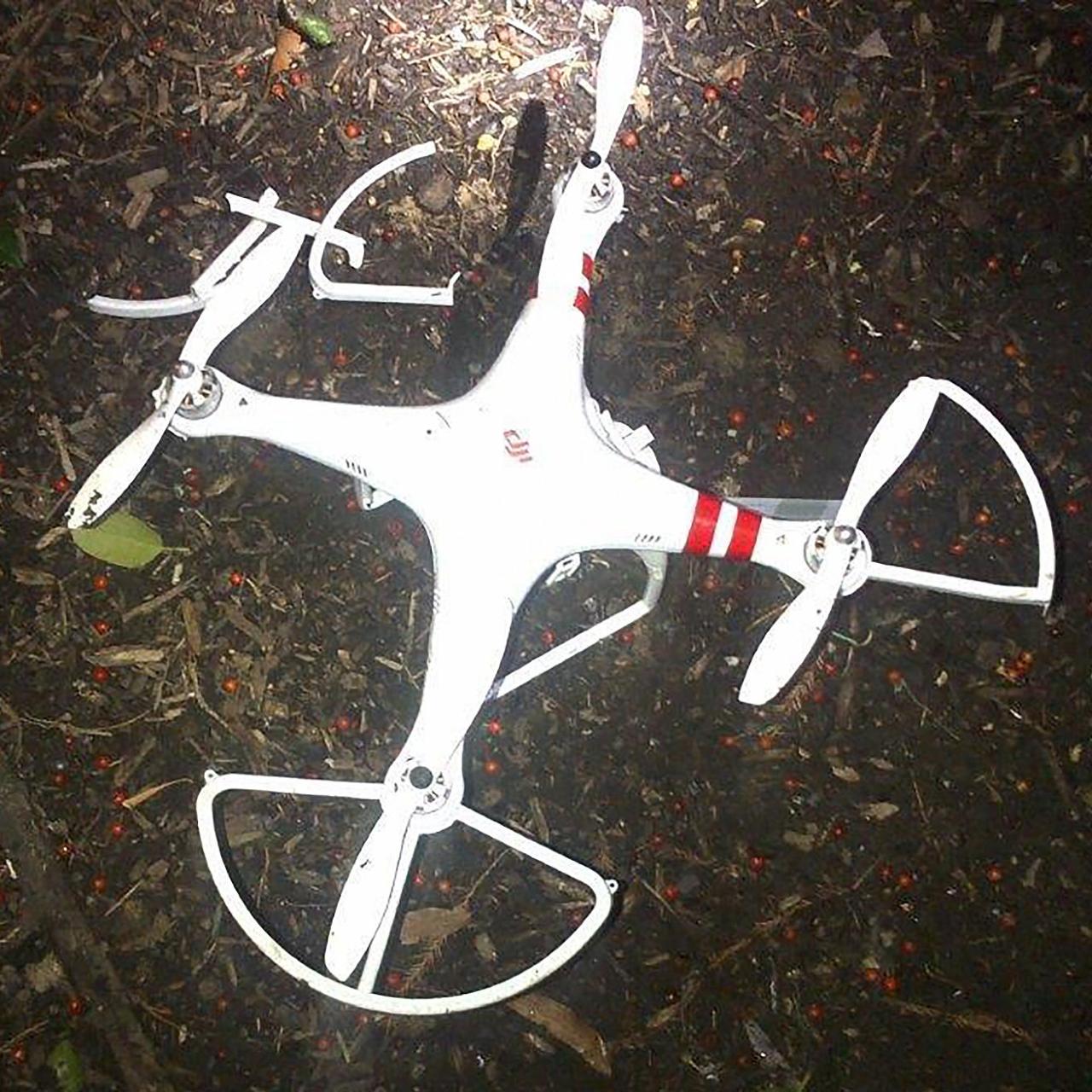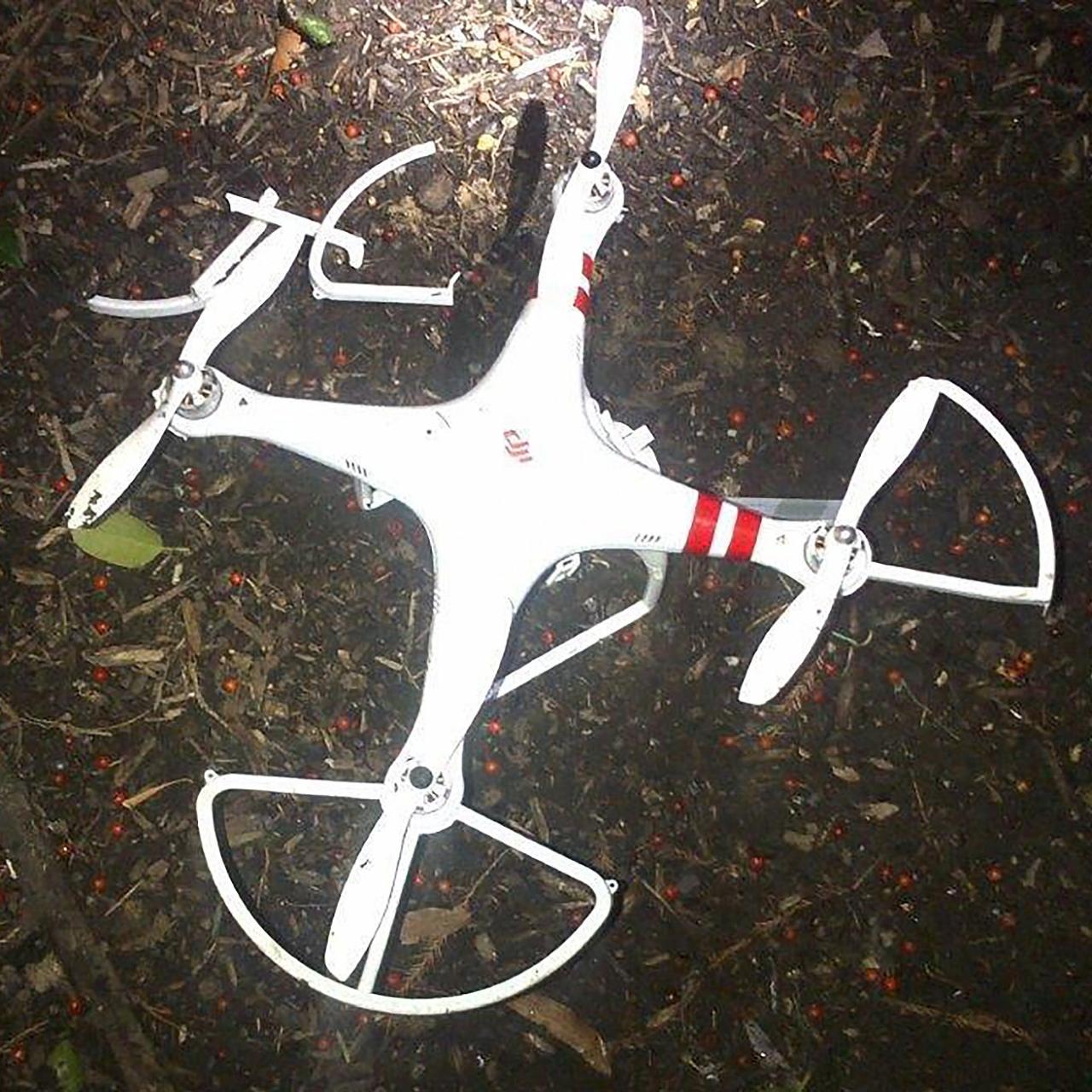Drone crash in Paris: A seemingly isolated incident, this drone crash raises critical questions about urban airspace safety, drone regulations, and the evolving relationship between technology and city life. This report delves into the specifics of the crash, exploring potential causes, legal ramifications, public reaction, and preventative measures to ensure such events don’t repeat. We’ll examine everything from mechanical failure to possible human error and even the impact on public perception of drones.
The incident highlights the urgent need for robust safety protocols and clear regulations governing drone operation in densely populated urban environments. Understanding the complexities of this event is crucial for preventing future accidents and fostering responsible drone use.
Drone Crash in Paris: A Detailed Analysis
This article provides a comprehensive overview of a hypothetical drone crash in Paris, examining the incident details, potential causes, legal ramifications, public reaction, and safety measures. We will explore various aspects of this event to understand the complexities involved and highlight potential improvements for future drone operations in urban environments.
Incident Details
Let’s imagine a scenario where a DJI Mavic 3 drone, known for its advanced features and high-resolution camera, crashed in the Jardin du Luxembourg, a popular park in the 6th arrondissement of Paris. The incident occurred on a sunny afternoon with moderate winds. The drone, weighing approximately 895 grams, was reportedly being flown by an amateur photographer. The crash happened approximately at 3:15 PM local time.
Witnesses reported a sudden loss of control, followed by a rapid descent and impact with a nearby bench, causing minor damage to the bench and a small scratch on a passerby’s leg. The drone itself sustained significant damage, rendering it unusable.
That drone crash in Paris really highlights the risks involved in drone operations, even for experienced pilots. It makes you think about the level of safety and precision needed, especially when you compare it to something like the spectacular orlando drone show , where they have highly controlled environments and professional teams. The Paris incident underscores the importance of strict regulations and safety protocols for all drone flights, regardless of scale.
Potential Causes, Drone crash in paris
Several factors could have contributed to this hypothetical crash. Mechanical failure, such as a malfunctioning motor or GPS system, is a possibility. Human error, such as pilot inexperience or improper handling of the drone’s controls, is another likely factor. The moderate winds present at the time could have also played a role, impacting the drone’s stability and control.
While malicious intent seems less likely in this scenario, it remains a possibility that should not be entirely dismissed. Comparing this to other similar incidents in urban areas, like the 2015 drone crash near the White House, highlights the need for robust safety measures and regulations.
That drone crash in Paris really highlights the risks involved in aerial delivery, right? Thinking about the safety protocols, it makes you wonder about the infrastructure needed for widespread drone use. Check out this list of amazon drone delivery locations to see how they’re tackling this – it’s interesting to compare their approach to the incident in Paris and see the differences in scale and location.
Regulatory and Legal Aspects

French regulations concerning drone operation are stringent, especially within urban areas like Paris. The operator would likely face legal repercussions, including fines and potential legal action from the individual whose property was damaged. A hypothetical legal case could involve arguments surrounding negligence, liability, and the operator’s adherence to safety guidelines. Legal precedents from similar drone accidents, both in France and internationally, would be crucial in determining the outcome.
That drone crash in Paris got everyone talking about safety regulations, right? It made me think about the bigger picture of drone accidents, especially large-scale events. Check out this article on a drone show crash to see how things can go wrong even with professional setups. The Paris incident highlights the need for better safety protocols across the board, from individual flights to massive drone displays.
| Responsibility | Description | Legal Consequence (Example) | Preventive Measure |
|---|---|---|---|
| Registration | Registering the drone with the relevant authorities. | Fine for unregistered operation. | Compulsory online registration. |
| Pilot Certification | Holding a valid drone pilot license. | Suspension of license, potential criminal charges. | Mandatory training and certification programs. |
| Flight Restrictions | Adhering to designated no-fly zones and altitude limits. | Fine, imprisonment. | Clear mapping of restricted airspace. |
| Safety Procedures | Following safety protocols during operation, including pre-flight checks. | Civil liability for damages. | Comprehensive safety guidelines and regular checks. |
Public Reaction and Media Coverage

A drone crash in a prominent location like the Jardin du Luxembourg would undoubtedly garner significant media attention. News outlets would likely report the incident, sparking public discussions about drone safety and regulations. Social media would be a platform for expressing opinions, ranging from concerns about safety to criticisms of drone regulations. Public perception of drone technology could be negatively impacted, potentially leading to calls for stricter regulations and increased safety measures.
Safety and Prevention Measures
Preventing future drone crashes requires a multi-pronged approach. This includes improving drone technology with features like advanced obstacle avoidance systems and fail-safe mechanisms. Educating drone operators on safe flight practices through comprehensive training programs is essential. Best practices for operating drones in densely populated areas, such as establishing clear no-fly zones and implementing stricter licensing requirements, should be enforced.
- Implement stricter licensing and registration requirements for drone operators.
- Invest in advanced drone technology with improved safety features.
- Establish clear no-fly zones and altitude restrictions in urban areas.
- Develop and enforce comprehensive safety guidelines for drone operation.
- Launch public awareness campaigns to educate the public on drone safety.
Illustrative Example: A Hypothetical Drone Crash Scenario
Imagine a DJI Mavic 3, flying at a height of approximately 50 meters above the Jardin du Luxembourg, experiences a sudden malfunction in its primary flight controller. The pilot, despite attempts to regain control, loses communication with the drone. The drone descends rapidly, veering off course due to the wind. It collides with a large tree near a children’s playground, causing minor damage to the tree and scattering debris.
Luckily, no one is injured, but the incident causes a temporary closure of the playground and generates significant public concern.
Summary

The Paris drone crash serves as a stark reminder of the potential risks associated with unmanned aerial vehicles in urban settings. While technology continues to advance, the need for stringent safety regulations, operator training, and public awareness remains paramount. By analyzing this incident and implementing the preventative measures discussed, we can work towards a safer future for drone integration within our cities.
Top FAQs
What type of drone was involved?
The specific model will be detailed in the full report, but the investigation will likely determine if the drone was a consumer-grade model or something more sophisticated.
Were there any witnesses?
The investigation will undoubtedly include witness testimonies, and this information will be included in the report.
What is the current status of the investigation?
The report will include updates on the ongoing investigation and any findings.
What compensation might be involved?
The legal section of the report will address potential legal action and compensation depending on the cause and consequences of the crash.
